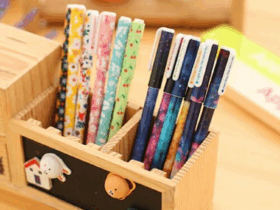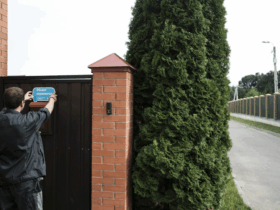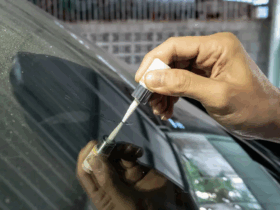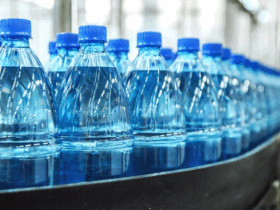Types of translucent plastics for construction
Acrylic glass, which is also referred to as “leaf polymethyl methacrylate”, is one of the first polymer products with similar qualities as standard glass. It was possible to create organic glass back in 1933 by chemists from Germany. It is noteworthy that at the time of appearance to this glass, increased interest began to appear. In construction and production, leafgogs, or leaf -bearing machine are used. They processed fine metals. You can buy leafgog at Neva Line.
In the modern period, with the use of acrylic glass, window and doorways are glazed, as well as partitions and windows, and the friends of this greenhouses, greenhouses and staircases. This material was used in the machine and instrumentation. In addition to this, with the use of corrugated and matte glass, lamps and suspended ceilings are created, as well as products equipped with internal backlight, and showers.
Organic glass or translucent plastic is offered for sale in the form of sheets, blocks, rods and tubes. It may differ in the presence of a matte, transparent, color and non -color surface, as well as provide one -sided rifting. In the modern period, many varieties of organic glass can be distinguished. Most often, a sheet of this material made using the casting method can reach a thickness of about 1-250 millimeters, and using the extrusion method-about 0.5-25 millimeters. Nowadays, the market offers many translucent plastics, which have become available due to exclusively creating a plexiglass.
The manufacture of impact -resistant polystyrene is carried out using special modifying additives, largely due to which the material acquires increased characteristics of strength and viscosity. At the same time, the plastic remains transparent, while there is an increase in its strength characteristics.














Оставить ответ